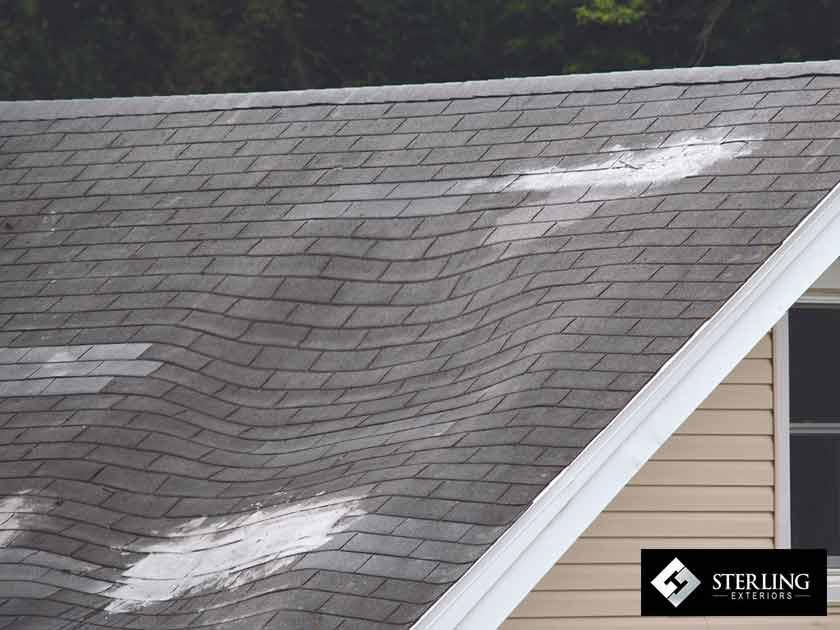Sagging is a roofing issue in which the structure becomes noticeably bowed, causing the roof line to sag. It detracts from the home’s appearance and suggests severe structural problems that may necessitate roof replacement.

In this post, a roofing expert shares some of the causes of roof sagging.
Moisture Damage
Trusses and decks, which serve as the roofing system’s skeleton, are often built of wood or composite, making them vulnerable to moisture damage. If mildew or rot is present, the roof structure weakens and begins to sag. To avoid this problem, keep water and dampness out of the attic and be proactive about roof leak repair.
Snow and Ice Buildup
Roofing systems are strong, but their load capacity is still limited. When excessive pressure is applied to the roof, it might put undue strain on the structure. This is especially a concern in winter when snow and ice collect quickly on the roof surface. The extra weight on the roof makes it prone to drooping. What you can do is regularly keep snow and ice off your roof. Hire an expert to perform this task for you.
Wind Load
High winds are often a cause for concern. They might strain your roofing system, causing it to sag. A shear load is a horizontal wind load force that can tilt a roof. Lateral load is a push-and-pull horizontal pressure that may force your system to move away. Experts recommend getting precise wind load calculations and considering them while installing a new roofing system. It contributes to a stronger and safer roof structure.
Choose Sterling Exteriors for your next roofing or other home improvement project! To request a free, no-obligation estimate, call us at (513) 685-8055, or fill out our convenient online request form. We serve clients in Cincinnati, Newtown and Loveland, OH.






